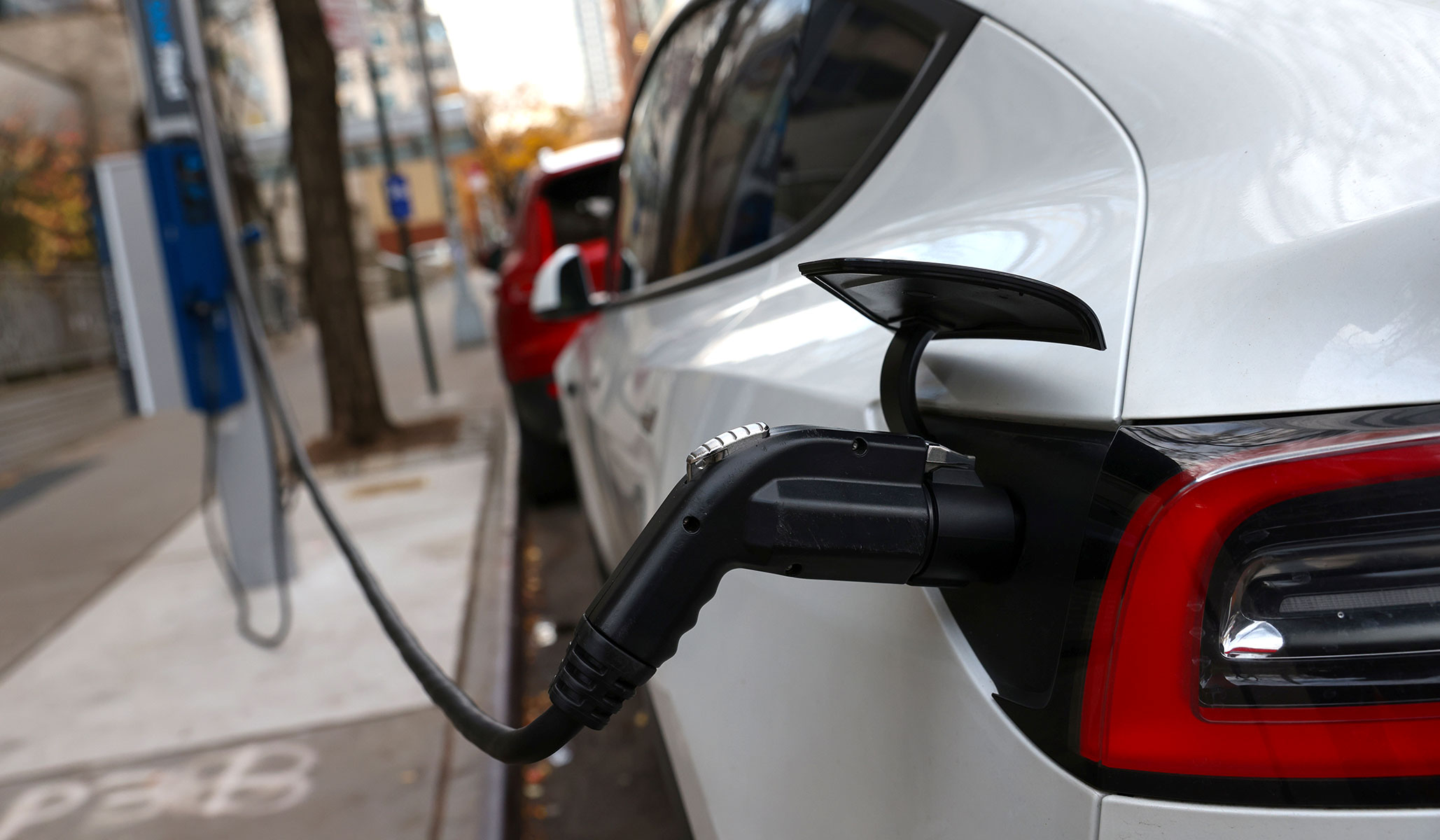


For a new (or, more accurately, updated) technology that some people are clamoring to buy — there’s a lengthy waiting list — electric vehicles (EVs) are receiving a remarkable amount of taxpayer support. There are federal tax credits for the purchase of qualified EVs and, for that matter, EV chargers. A number of states also provide incentives for the purchase of EVs. Not only that, the Biden administration has committed to allocating $5 billion to the states to set up a “national charging network” of 500,000 public chargers by 2030. It won’t be enough money, and the target date may not be realistic, but central planning is like that. Another $2.5 billion will be available to help fund various worthy EV-related causes, including supporting “community and corridor charging.”
The handouts don’t stop there. Some states are throwing taxpayer dollars at businesses that set up EV-battery-manufacturing plants within their borders. And, with production tax credits to hand out, the feds are not ignoring battery manufacturing either. It’s not difficult to understand the logic behind that. An EV is, to put it too simply, little more than a four-wheeled box containing a battery and a computer. Batteries account for 30–40 percent of the price of an EV. Currently, battery manufacturing is dominated by Chinese firms, which have a roughly 60 percent share of the global EV-battery market. If the U.S. is to transition to EVs, it should not want American EVs to be dependent on China for their batteries. (China’s strong grip on the processing of, and the supply chain for, the raw materials for EV batteries is a topic for another day.)
Moreover, new battery-manufacturing plants will be a way, in theory, of replacing some of the jobs lost when conventional automakers go electric (EVs are easier to make than internal-combustion-engine cars, so require fewer workers), even if these facilities end up being located in a different part of the country. Quite how much these production tax credits will cost taxpayers is not clear. It will depend on how many battery cells and how many battery modules are produced, and their capacity. The CBO estimated that the credits would cost $30.6 billion over ten years (a sum that includes an element for wind and solar), but there are plenty of substantially higher estimates out there: $196.5 billion, $152.8 billion, $136 billion, $43.7 billion — take your pick. There are others to choose from, too. Best answer: No one knows, but we do know that plants are being built and that there will be more to come, even if some of the projects being announced never see the light of day.
Nevertheless, the sums being mentioned are yet another reminder of the scale of the gamble that is being made on EVs, and that it is a gamble being made with other people’s money, whether taxpayers’ or private companies’. And while private companies are in the business of putting their shareholders’ capital to work, we prefer them to do so in response to signals from the marketplace rather than the government. That’s not what’s happening here. Western governments have effectively decided that EVs will be the automotive future, a decision they will reinforce with sticks — prohibitions on the sale of new internal-combustion-engine vehicles in various jurisdictions — as well as carrots. Decisions of this type are not normally best taken by governments.
More in Electric Cars
-
The False Promise of Electric Cars
-
The Coming War on (Electric) Cars
-
Electric Vehicles: Unhappy Trails
At the moment, it is far from clear that EVs are ready to replace gas-powered vehicles, and the net environmental benefit they may offer seems modest, at best. To be clear, we have nothing against the idea of EVs in principle, and we welcome the additional choice that they could offer car buyers. But we would have preferred it if EVs had to prove their worth in a genuinely free market: There is no better way to improve the quality of the end product. A genuinely free market is not one in which EVs’ principal competitor, the traditional car, is being consigned by politicians and bureaucrats — rather than consumers — to the junkyard. But that’s not the way things are going, and it’s becoming ever clearer that the consequences will be very expensive indeed.
